Camilo Egas (1889 - 1962)
Camilo Egas (1889-September 18, 1962) was an Ecuadorian master painter and teacher, who was also active in the United States and Europe. In 1918, Egas received a government scholarship to study at the Art Academy in Rome. In 1919, Egas studied at the Real Academia de Bellas Artes de San Fernando in Madrid on a second government grant. In 1922, Egas moved to Paris and attended the Académie Colarossi, while exhibiting between at the Salon des Indépendents and at the Salon d’Automne from 1924 to 1925. In 1924, Egas exhibited at the Exposition d'Art Americain-Latin at the Musée Galliera in Paris. Egas returned to Ecuador in 1926 and played a pivotal role in forming the Indigenist Movement together with Oswaldo Guayasamin. The Indian theme seen in his work was related to the rise of Socialism and the constitution of Marxist parties in Latin America. In 1926, Egas founded Ecuador’s first art periodical, Helice (Helix). Egas combined the Costumbrista painting tradition of Ecuador with the influences of contemporary art movements other countries. He used his knowledge of European art techniques to create dramatic, large-scale oil paintings of Andean indigenous peoples and themes, bringing Indigenismo to the European 'high art' world.
http://en.wikipedia.org/wiki/Camilo_Egas
http://www.skyscrapercity.com/showthread.php?t=692560





Eduardo Kingman (1913-1998)
Eduardo Kingman (1913-1998) was one of Ecuador's greatest artists of the 20th century, among the art circles of other master artists such as Oswaldo Guayasamin and Camilo Egas. Kingman was born in Loja, Ecuador on February 23, 1913. He first studied under Victor Mideros at the Escuela de Bellas Artes, in Quito. Further studies took him to Venezuela, Peru, Bolivia and finally to San Francisco Art Institute, California (1945-1946). The unifying theme of Kingman's paintings, lithographies and woodcuts is expressing the social realities of Ecuador's indigenous peoples. He was known as the "Painter of Hands." Kingman was also active as a writer and social activist.
http://en.wikipedia.org/wiki/Eduardo_Kingman
http://www.artnet.com/Artists/LotDetailPage.aspx?lot_id=A0920CAFB7DB2D80
http://www.taringa.net/posts/arte/1682555/El-Expresionismo-de-Kingman!!.html





Oswaldo Guayasamín (1919 – 1999)
Oswaldo Guayasamín (July 6, 1919 – March 10, 1999, Quito, Ecuador) was a Quechua Indian and Ecuadorian master painter and sculptor. During 1942 and 1943, Guayasamín traveled to the United States and Mexico, where he met Orozco. They traveled together to many of the diverse countries in Latin America. They visited Peru, Brazil, Chile, Argentina, Uruguay and other countries. Through these travels he observed the indigenous lifestyle and poverty that appeared in his paintings.
One of his largest and most controversial paintings was a mural that he painted for the Congress of Ecuador, which, in 1988, asked him to paint a mural depicting the history of Ecuador. The United States Government criticized the mural because in one of the panels, there appeared a Nazi helmet with the lettering CIA.
http://en.wikipedia.org/wiki/Oswaldo_Guayasam%C3%ADn
http://art-for-a-change.com/blog/2009/09/guayasamin-rage-redemption.html



Juan Villafuerte (1945 - 1977)
Juan Villafuerte (July 19, 1945 - August 15, 1977) (Juan Antonio Villafuerte Estrada) was an artist known for his transmutated drawings and paintings. In 1967, Villafuerte presented an exhibit called Personal Muestra at the Galleria Arte de Quito that consisted of his first series of Vietnam images. The Vietnam Series lasted until 1973 when the war ended. In his Vietnam Series, Villafuerte would finish a drawing and rip it up into pieces and fix them to fine cardboard, then he would continue drawing and add in various newspaper and magazine clippings of the war. See http://www.flickr.com/photos/alysania/2545322500/
http://en.wikipedia.org/wiki/Juan_Villafuerte
http://www.enciclopediadelecuador.com/temasOpt.php?Ind=2531&Let=



World (Social) Realist Art (Index of Countries)
This blog page is part of an ongoing project by artist and part-time lecturer Caoimhghin Ó Croidheáin (http://gaelart.net/) to explore Realist / Social Realist art from around the world. The term Realism is used in its broadest sense to include 19th century Realism and Naturalism as well as 20th century Impressionism (which after all was following in the path of Courbet and Millet). Social Realism covers art that seeks to examine the living and working conditions of ordinary people (examples include German Expressionism, American Ashcan School and the Mexican Muralists).
Click here for (Social) Realist Art Definitions, World (Social) Realism and Global Solidarity, Art and Politics, Social Realism in history and Country Index.
Suggestions for appropriate artists from around the world welcome to caoimhghin@yahoo.com.
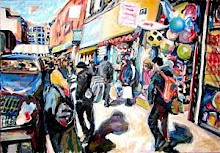

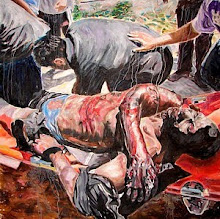





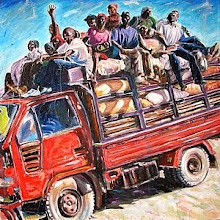

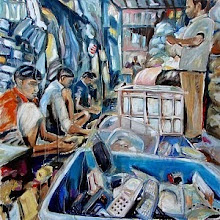

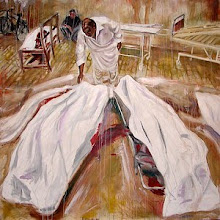

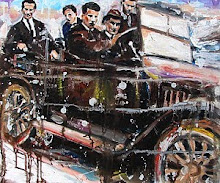
No comments:
Post a Comment